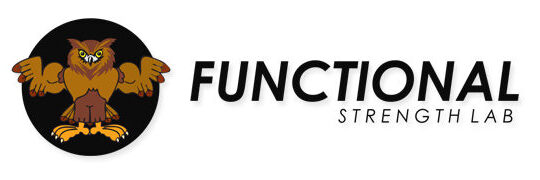Blood Glucose and Exercise
Brian Dick Did you know that exercise and physical activity can result in an INCREASE in blood glucose levels? As a newcomer to understanding the effects of exercise on diabetics’ blood glucose levels, I was surprised to find that exercise in some cases can actually increase an exerciser’s glucose levels. My initial assumption was …
Blood Glucose and Exercise
Read More »
